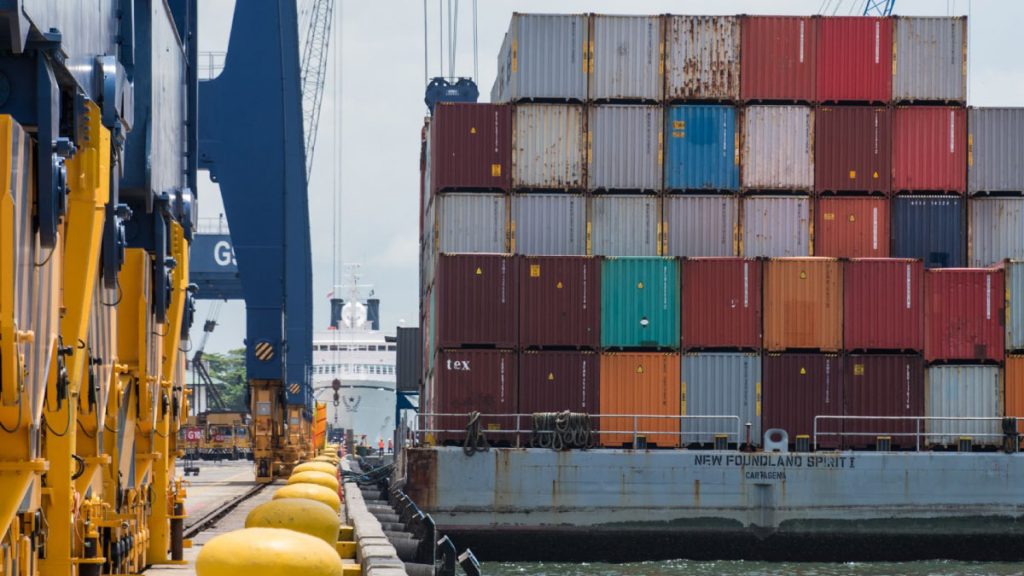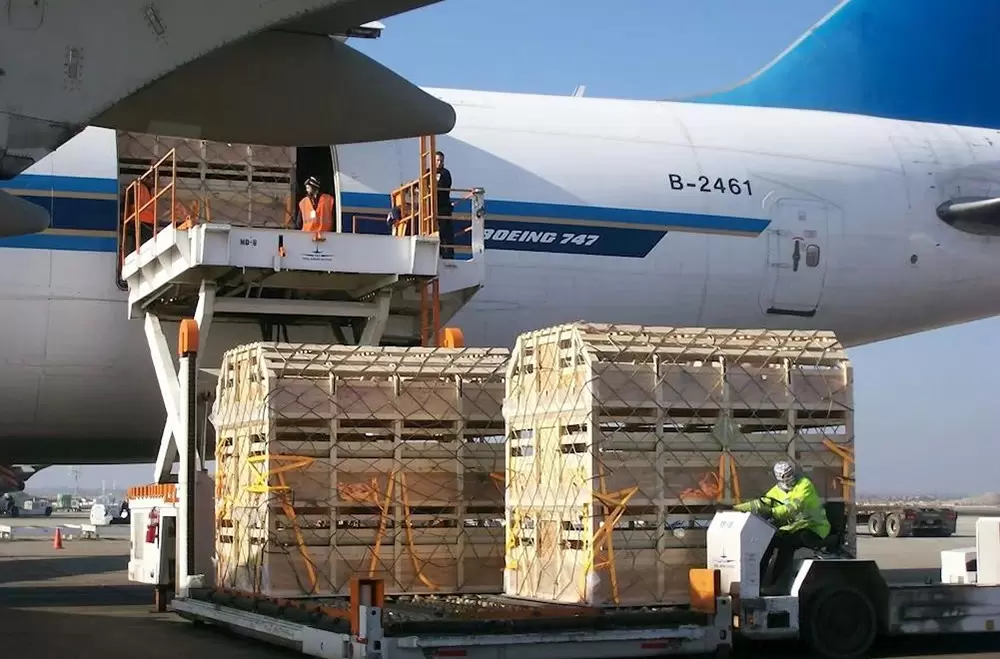Unlocking the Secrets: Exploring the Extent of Freight Train Journeys

Freight trains play a crucial role in the transportation of goods across vast distances, connecting industries and economies. Understanding the distance that freight trains travel in a day is essential for logistics planning, optimizing supply chains, and ensuring efficient delivery. In this blog post, we will delve into the fascinating world of freight train travel, exploring the factors that influence their journeys and uncovering the secrets behind their extensive reach.
- The Role of Freight Trains in Global Trade:
Freight trains serve as the backbone of global trade, facilitating the movement of goods between regions, countries, and continents. They offer a cost-effective and environmentally friendly alternative to other modes of transportation, such as trucks or airplanes. By efficiently transporting large volumes of goods, freight trains contribute to the smooth functioning of supply chains and support economic growth. - Factors Influencing Freight Train Journeys:
Several factors determine how far freight trains can travel in a day:
a) Track Infrastructure: The quality and condition of the railway tracks significantly impact the speed and distance covered by freight trains. Well-maintained tracks allow for higher speeds and longer journeys, while tracks in poor condition may impose restrictions.
b) Train Speed and Efficiency: The design and capabilities of freight trains, including locomotive power, braking systems, and aerodynamics, influence their speed and efficiency. Modern freight trains are built to maximize speed and minimize energy consumption, enabling them to cover greater distances in shorter timeframes.
c) Operational Considerations: Freight train operations involve various considerations, such as crew shifts, refueling, and maintenance stops. Efficient scheduling and logistics planning can optimize these factors, allowing trains to cover more ground within a day.
- Technological Advancements in Freight Train Travel:
Advancements in technology have revolutionized freight train travel, enhancing their capabilities and extending their reach:
a) Electric Locomotives: Electrically powered locomotives have replaced traditional diesel engines in many regions. Electric trains offer higher acceleration, reduced maintenance costs, and lower environmental impact, enabling them to cover longer distances efficiently.
b) Autonomous Train Operations: The development of autonomous train technologies holds the potential to further optimize freight train journeys. By eliminating the need for human intervention, autonomous trains can operate continuously, covering vast distances without rest breaks.
- Examples of Long-Distance Freight Train Journeys:
Freight trains are known for their ability to traverse impressive distances. Here are a few notable examples:
a) Trans-Siberian Railway: Spanning over 9,000 kilometers, the Trans-Siberian Railway connects Moscow with the Russian Far East and serves as a vital trade route between Europe and Asia. Freight trains traveling on this route can cover several thousand kilometers in a single day.
b) North American Rail Network: The extensive rail network in North America allows freight trains to travel long distances across the continent. Trains carrying goods from the West Coast to the East Coast can cover over 4,000 kilometers in a day.
Conclusion:
Freight trains are the unsung heroes of global trade, silently transporting goods across vast distances. Understanding the factors that influence their journeys and the technological advancements driving their efficiency is crucial for optimizing logistics operations. By harnessing the power of freight trains and their extensive reach, businesses can ensure the smooth flow of goods, contributing to economic growth and sustainability.




